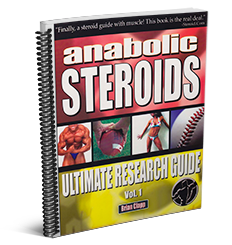Bigmax,
I must have missunderstood your question. Now I know what you mean.
Look bro, bottom line is that non-diabetics aren't supposed to take insulin at all. Some people believe excess insulin for the non-diabetics can cause one to become insulin dependant, some believe that can't happen. I haven't come across any proof stating you can become a diabetic due to insulin use, but somehow I still believe that insulin can cause dependancy because I have come across reports about BBers becoming dependant. Now is this because they used too much insulin for too long? Or is it in their genes? Who knows. But to me, its a bit of a councidence that more than one BBer has had this issue. This leads me to believe that you can become dependant due to insulin use. There are people on here that swear that insulin can not cause dependancy, but these people have also never provided any proof to back up their claims, not that I have seen anyway. There are also people that have used insulin for months and months and have had no problems at all. Obviously these people believe that insulin canot seriously harm you no matter how long you use it for. But, you have to remember that no one has studied insulin use and its side effects enough to know what kind of effects it could cause at the time or even years down the track. We know insulin use for enhancing purposes can cause hypoglycemia symptoms, and send you into a diabatic coma, but that's about it. We don't know if it can effect our health months or years down the track. I can't provide proof that insulin can cause dependancy either, but I have my reason for believing it can which is for the reason I stated above. Also, before I forget I was told by a doctor that a diabetic coma can cause brain damage. I have heard this in the past, but I never knew if that was true or not untill a doctor told me recently. If that is true, then perhaps that is another serious side effect we must consider when it comes to insulin use.
Hope I have made myself clear this time.
-Gear





 Reply With Quote
Reply With Quote
